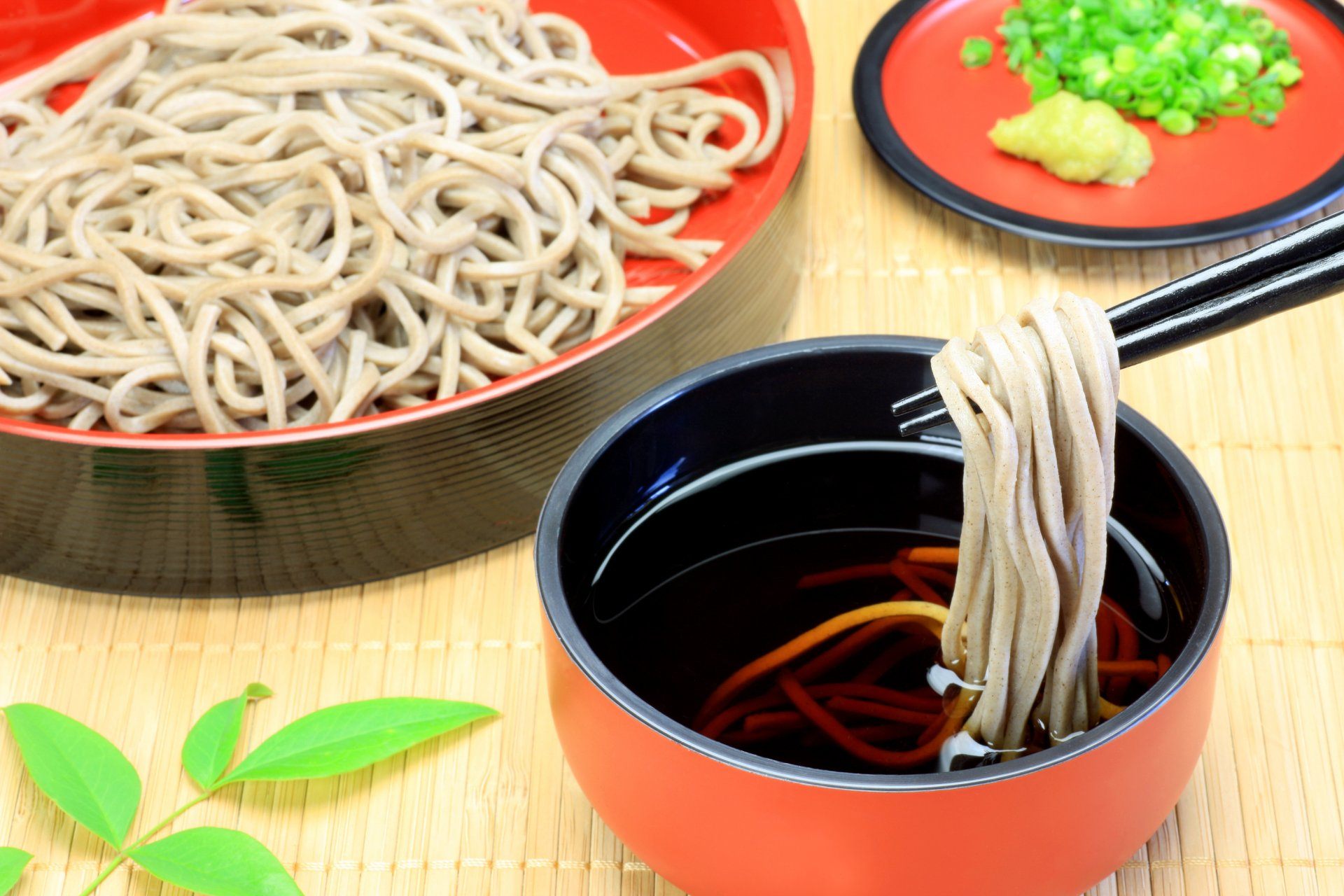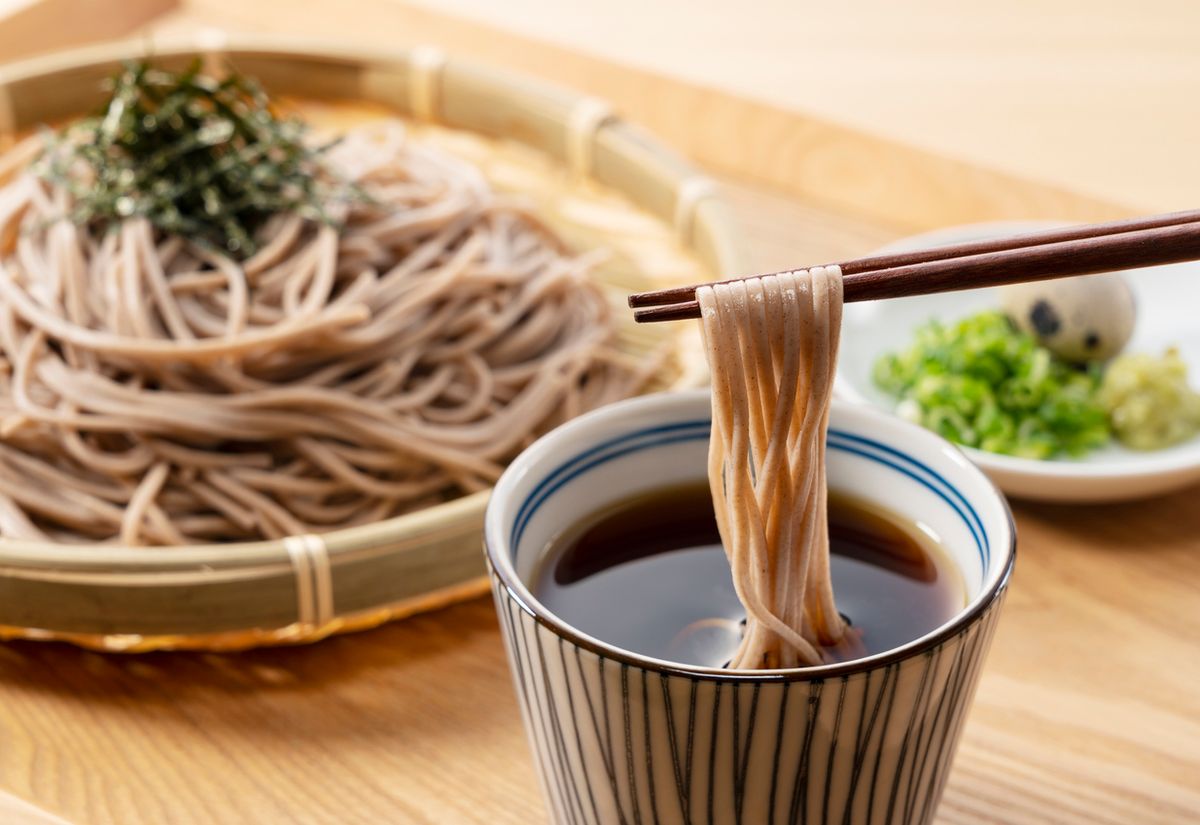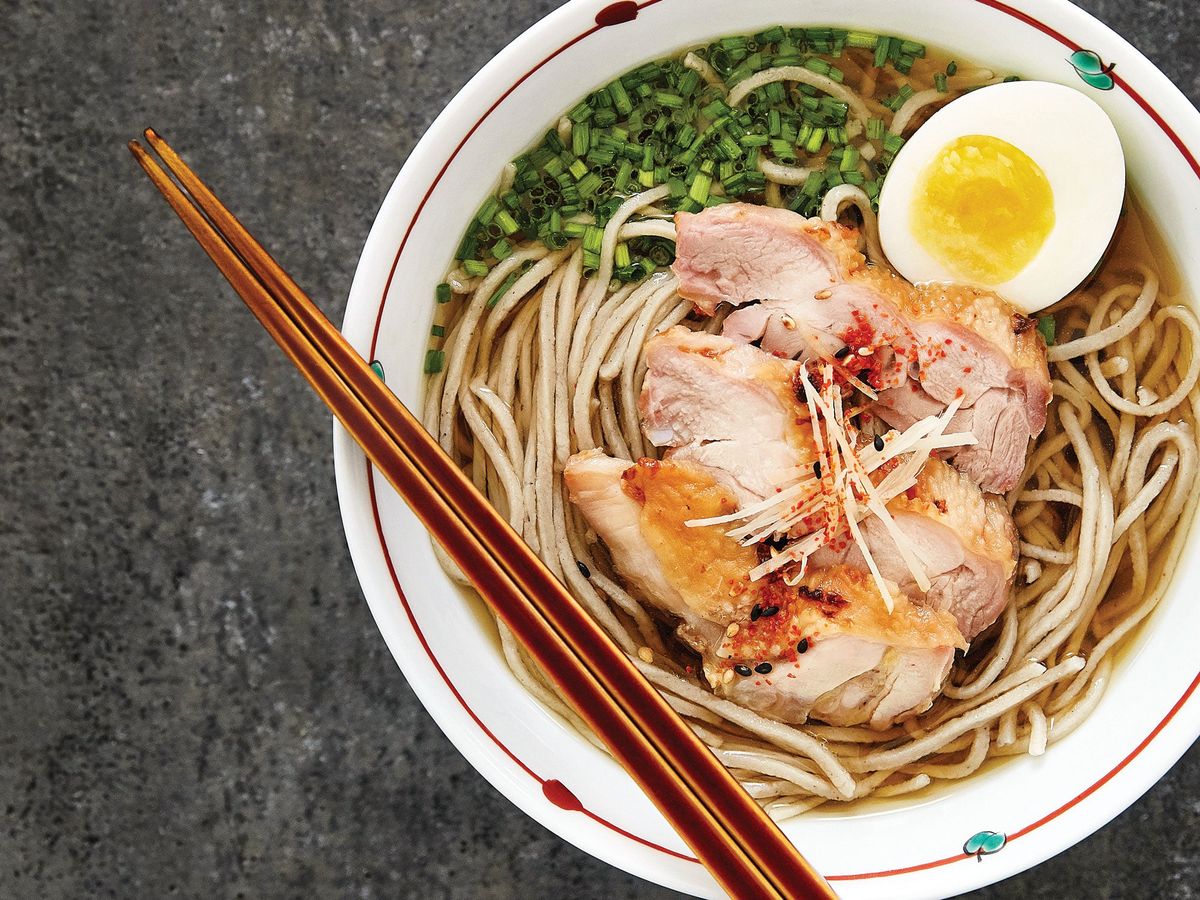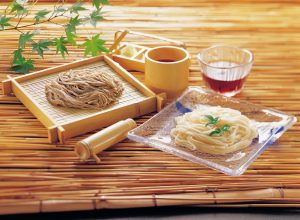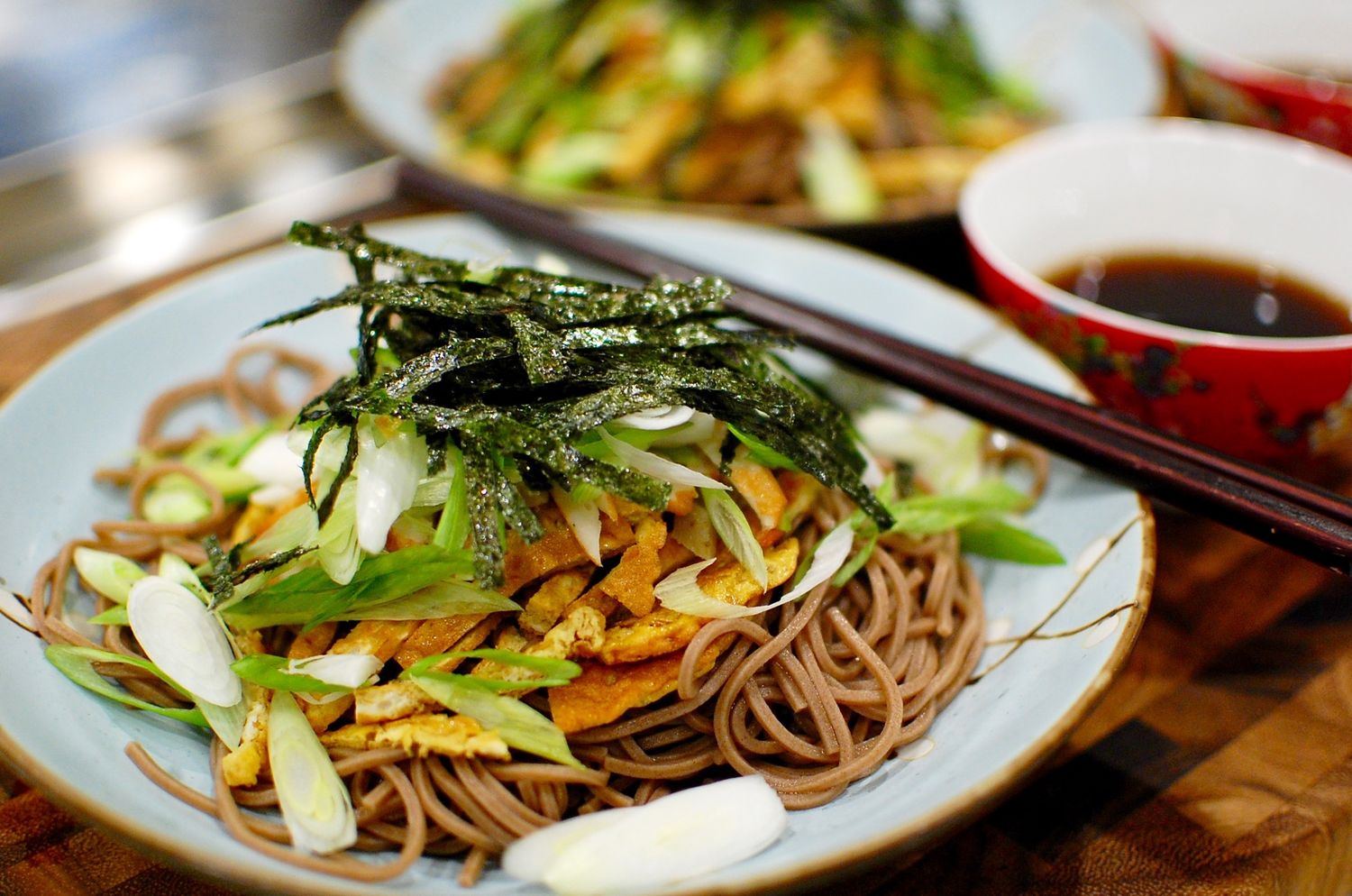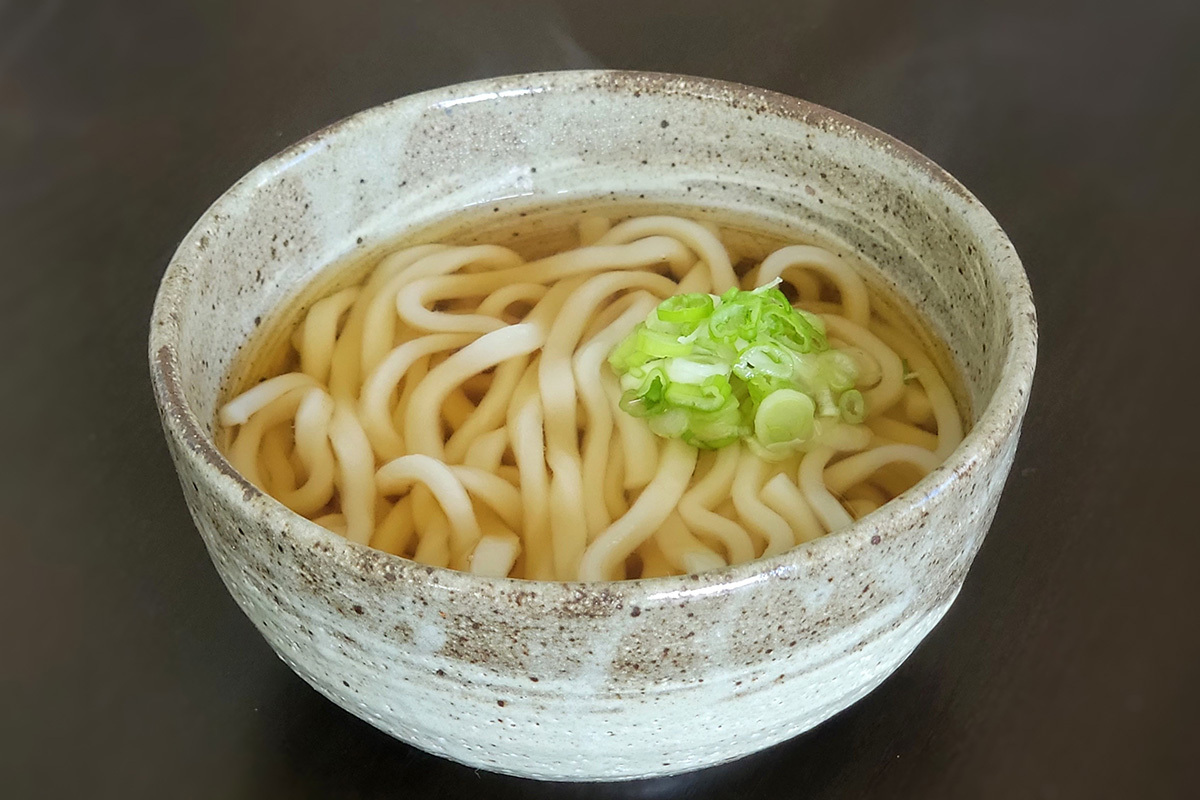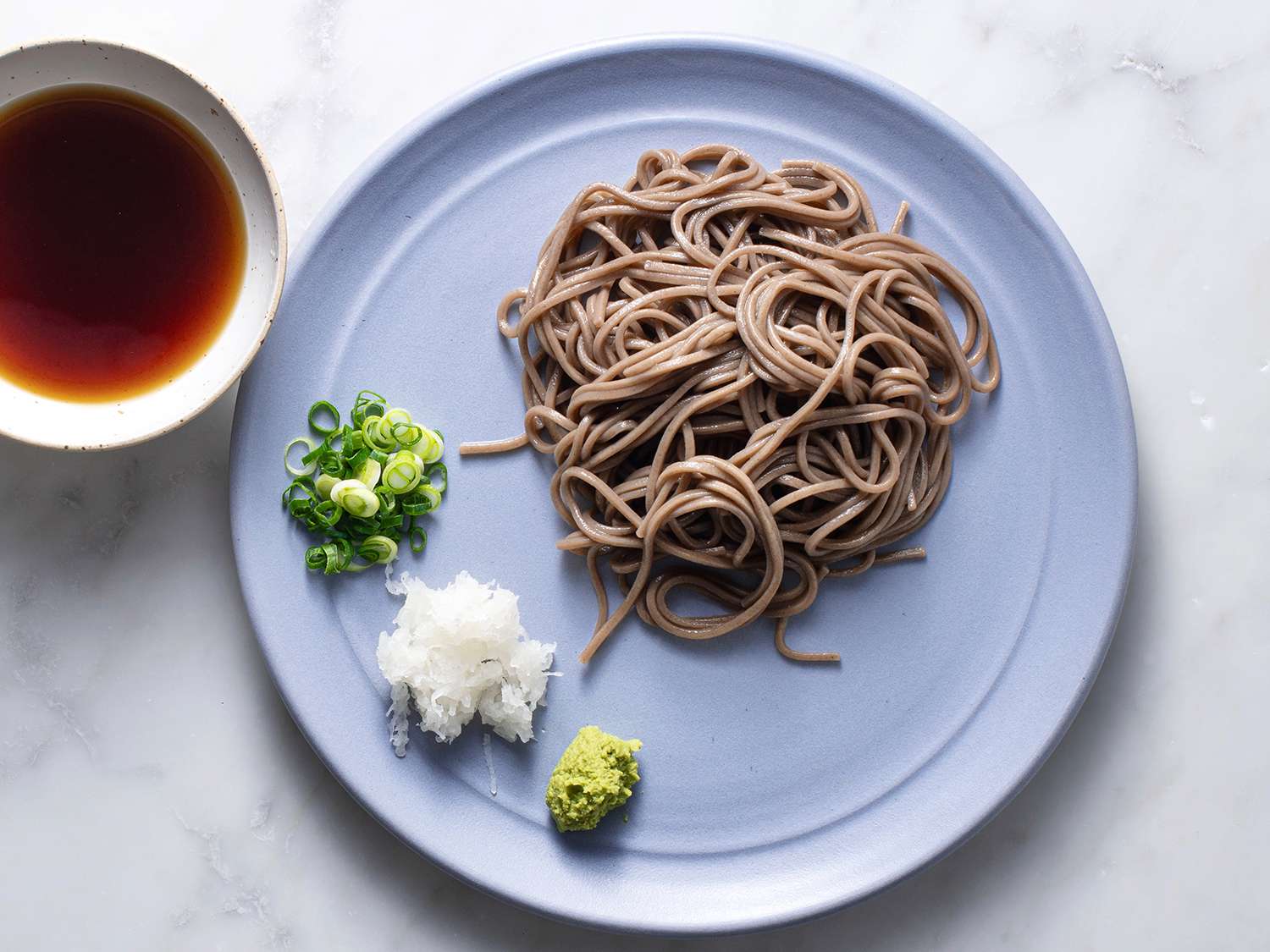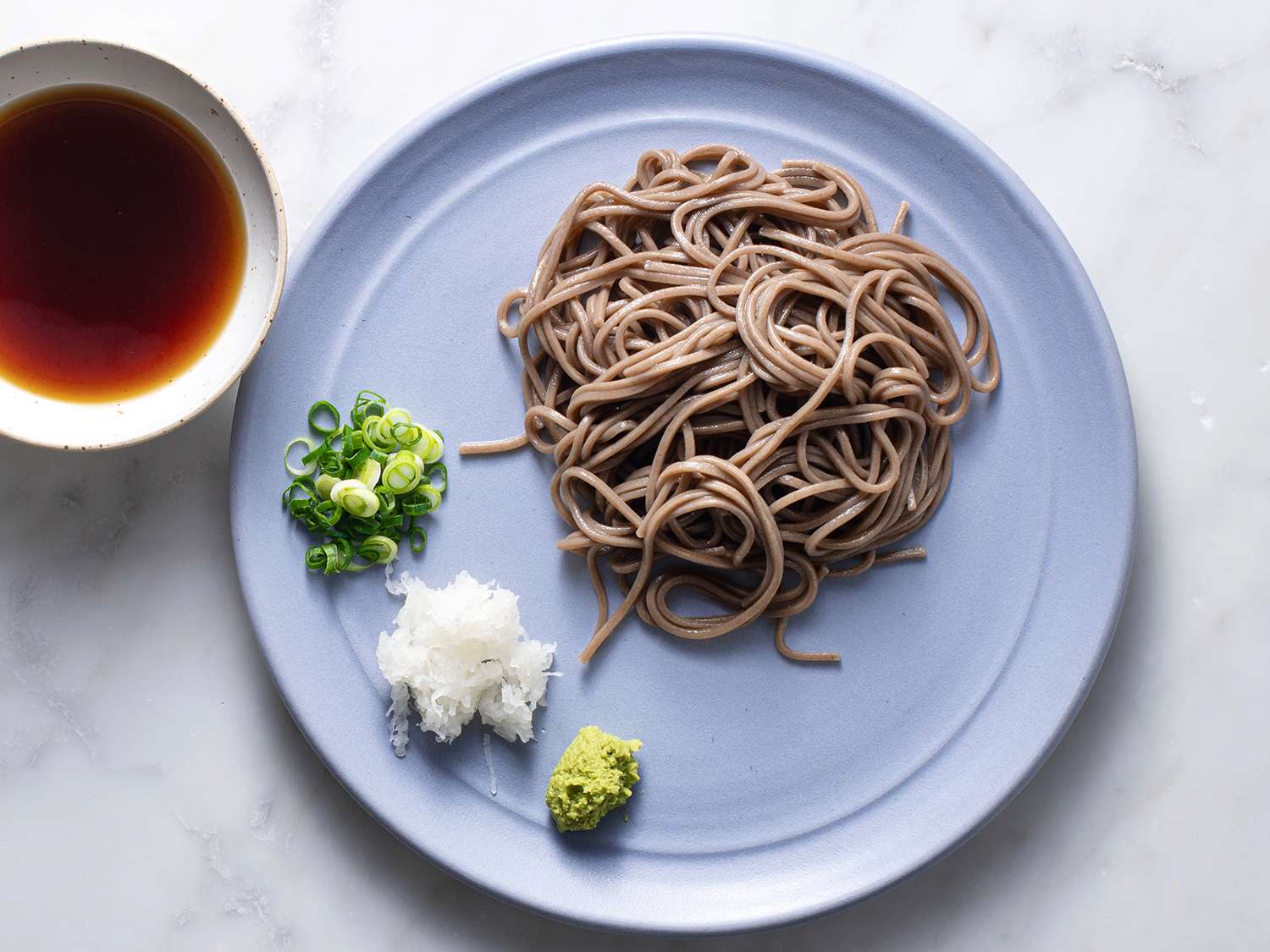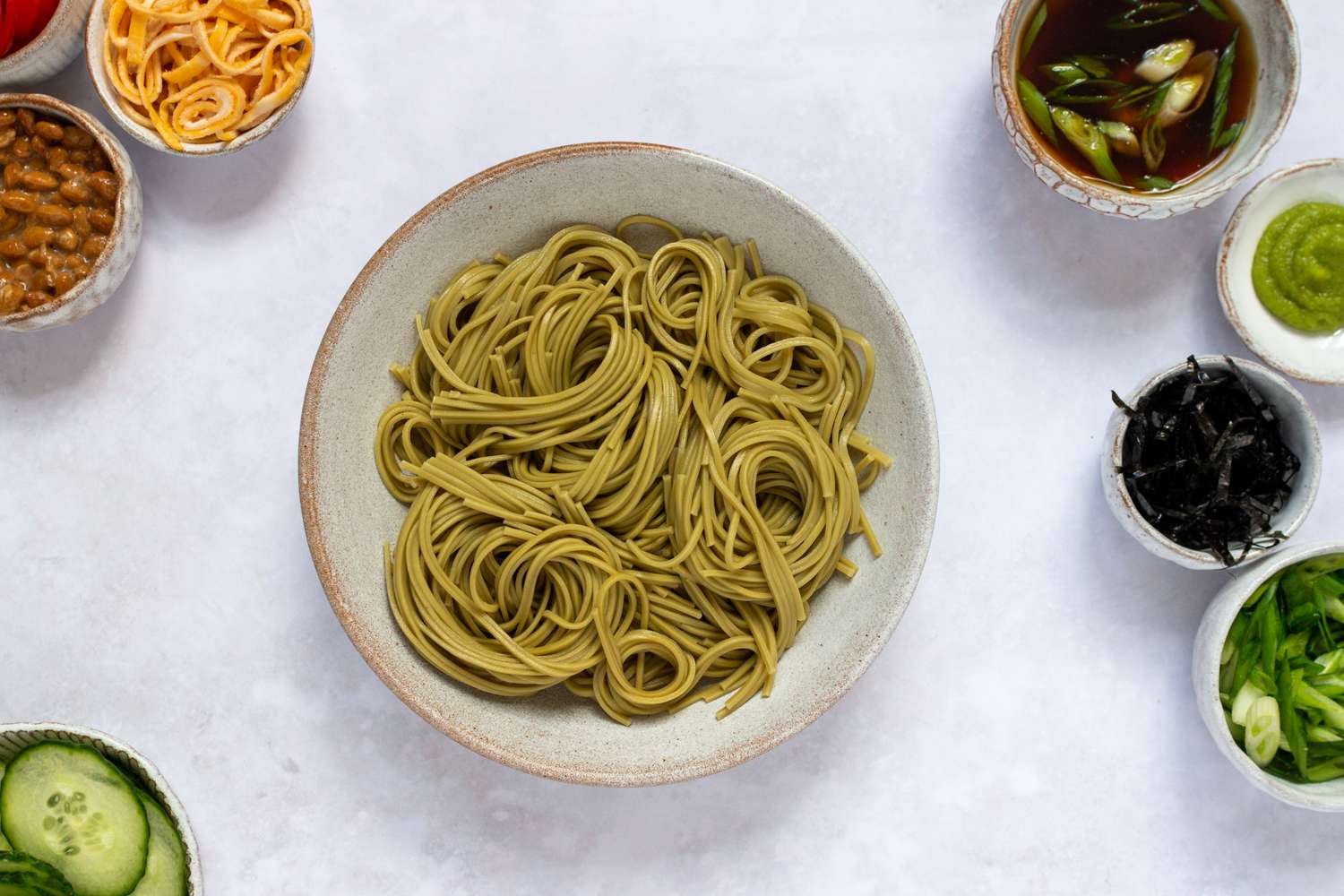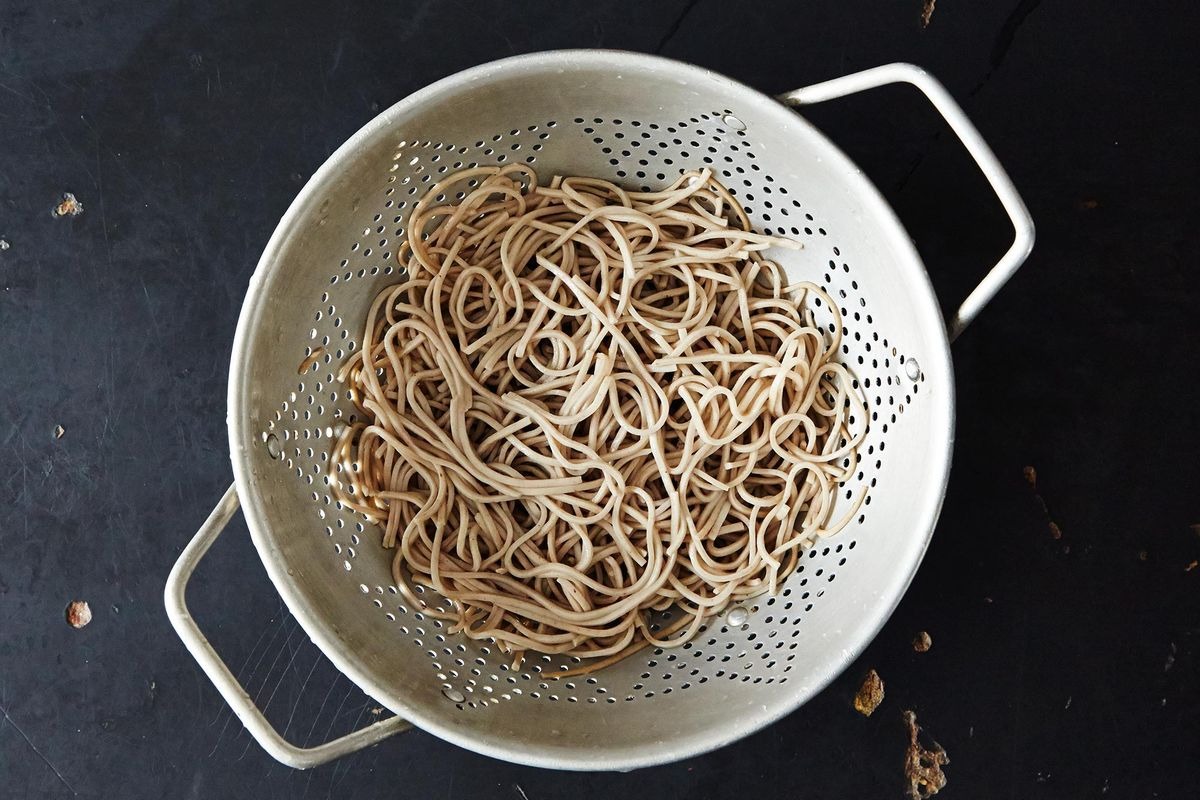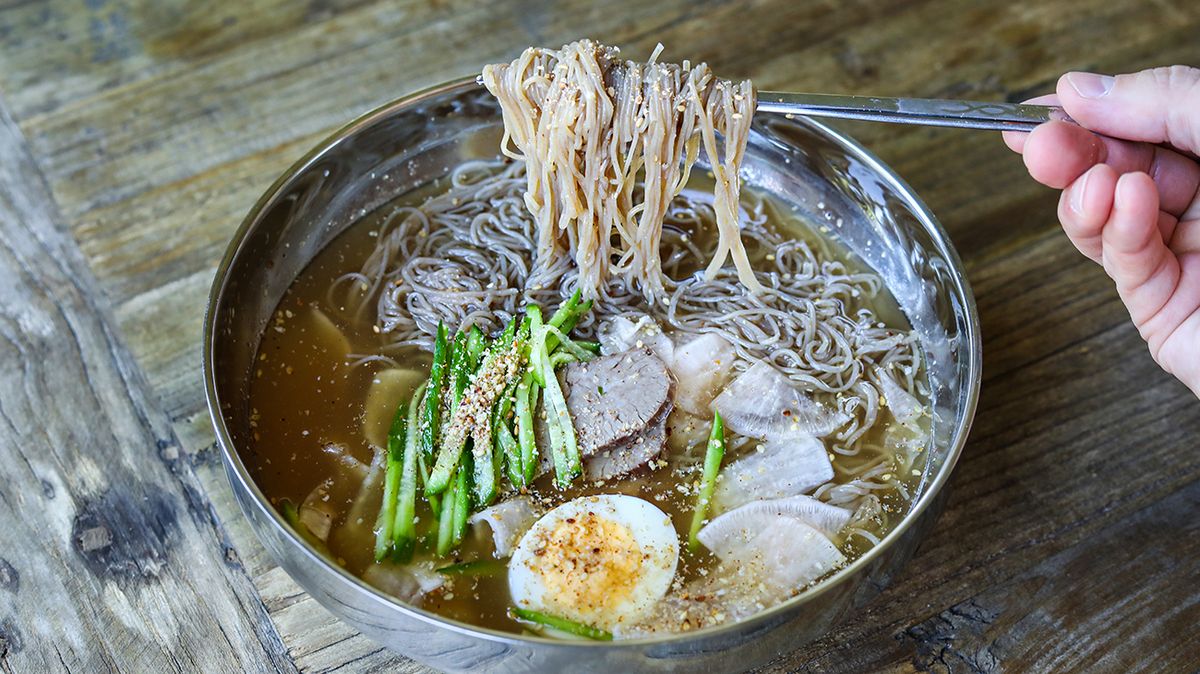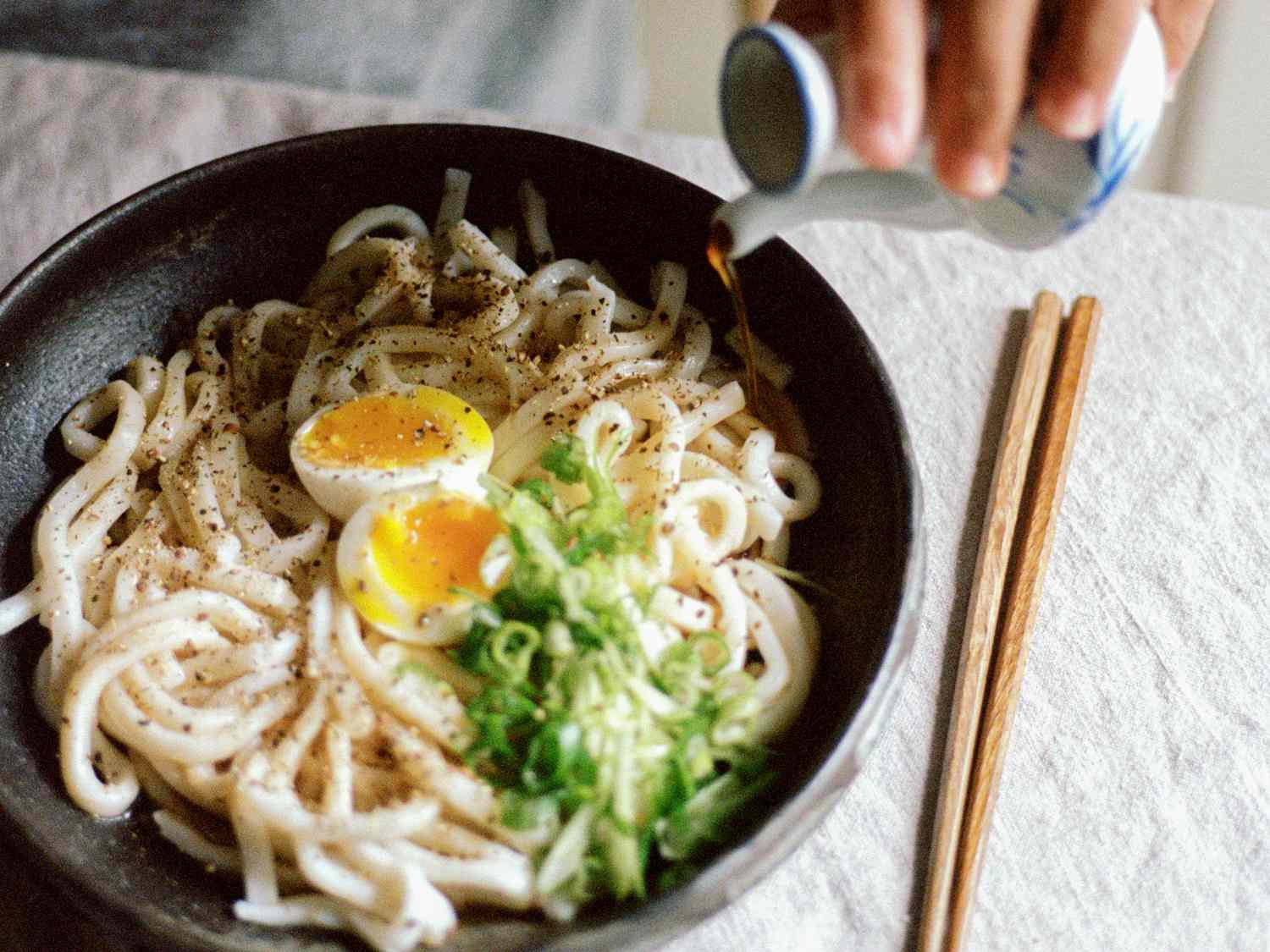Enjoying Zaru Soba: A Delicious Japanese Tradition
When it comes to Japanese cuisine, few dishes are as refreshing and satisfying as Zaru Soba. This simple yet flavorful dish consists of chilled buckwheat noodles served with a savory dipping sauce, making it a popular choice, especially during the hot summer months. If you’re new to Zaru Soba or simply looking to enhance your dining experience, here are some tips on how to eat and enjoy this delectable dish.
Preparing Your Zaru Soba
Before diving into the culinary experience, it’s essential to properly prepare your Zaru Soba. Here’s how to do it:
- Boil the soba noodles in water until they are cooked but still firm.
- Once cooked, drain the noodles and rinse them under cold water to remove excess starch and cool them down.
- After rinsing, drain the noodles thoroughly and transfer them to a bamboo or wire mesh strainer, known as a zaru, to remove any remaining water.
How to Eat Zaru Soba
Now that your Zaru Soba is prepared, it’s time to savor the flavors and textures of this delightful dish. Follow these steps to enjoy your Zaru Soba to the fullest:
- Take a small portion of the chilled soba noodles and dip them into the accompanying tsuyu, or dipping sauce. The tsuyu is typically a mixture of soy sauce, mirin, and dashi, offering a savory and umami-rich flavor.
- As you lift the noodles from the dipping sauce, be sure to slurp them audibly. In Japanese culture, slurping is a sign of enjoyment and appreciation for the meal.
- After dipping and slurping the noodles, take a moment to appreciate the delicate nuttiness of the soba and the savory notes of the dipping sauce.
- For an added burst of flavor, consider customizing your Zaru Soba with condiments such as sliced green onions, grated daikon radish, or a sprinkle of nori seaweed.
Pairing Zaru Soba with Accompaniments
While Zaru Soba is delightful on its own, it can be further enhanced by pairing it with complementary accompaniments. Here are some popular options:
- Tempura: The crispy and light texture of tempura, whether it’s shrimp, vegetables, or seafood, provides a delightful contrast to the cold soba noodles.
- Edamame: These steamed and lightly salted soybeans make for a satisfying and nutritious side dish that complements the simplicity of Zaru Soba.
- Japanese Pickles: The tangy and crunchy nature of Japanese pickles, known as tsukemono, offers a refreshing palate cleanser between bites of soba.
Conclusion
As you savor each bite of Zaru Soba, you’ll come to appreciate the harmony of flavors and textures that make this dish a beloved part of Japanese culinary tradition. Whether enjoyed as a light lunch or a refreshing dinner, Zaru Soba is a delightful and satisfying choice for any occasion. So, the next time you find yourself craving a taste of Japan, consider indulging in a serving of Zaru Soba for a truly authentic and enjoyable dining experience.
